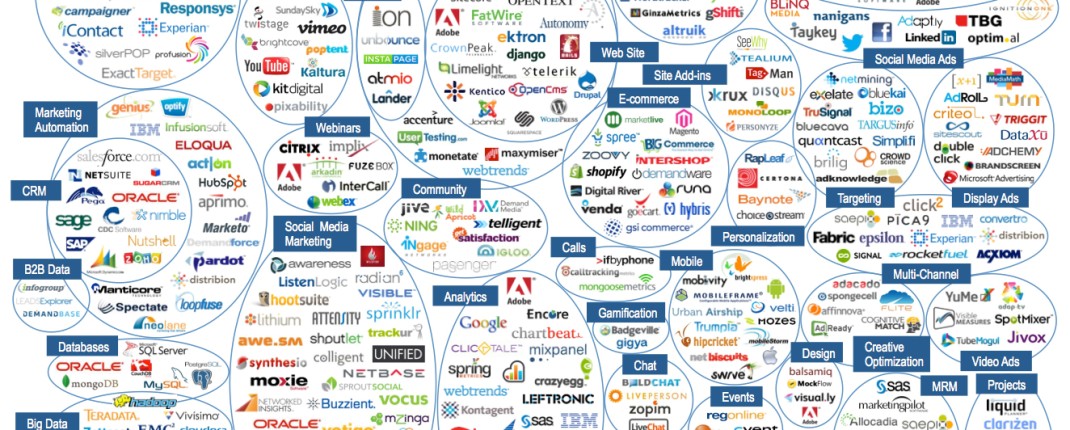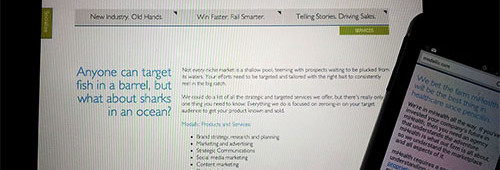I love this graphic. It’s from Scott Brinker, chief marketing technologist at Ion Interactive. It got me thinking. In order to keep up with all the data and technology platforms available, do mHealth companies need a chief marketing technologist? Or is having a chief marketing officer, a chief technology officer and/or a chief information officer enough?
mHealth companies know the speed at which our industry has grown. A scant three years ago, the idea of using an iPhone in a clinical setting was viewed with wary eye. Today, there are over 10,000 mHealth apps in use by clinicians, patients and people interested in losing weight or monitoring the progress of their exercise regimen. The competition created by the proliferation of apps and mHealth companies has made the mHealth marketing practitioner’s job all the more difficult. So, rethinking who does what and how marketing and information technology should work together is key.
How does your mHealth brand handle this massive amount of information? And, how will the three factors mentioned below change or alter your way of marketing your brand?
1. The dramatic growth in marketing channels
According to the graphic above, you can see that there are so many marketing channels and platforms that even the most tech savvy marketer might find it a daunting task to filter this list down to a manageable few. In total there are 45 categories and 350 companies on the graphic. Your CMO may know a lot about marketing but is he/she technologically savvy enough to choose and then implement the best channels and platforms for your brand? On the other hand, would the CTO know enough about marketing to be able to choose what would work best with your specific marketing plan?
2. The access of vast amounts of data or Business Intelligence (BI)
In the marketing business there’s a lot of buzz around the terms Big Data and Business Intelligence. Big Data means just that… large amounts of data … that is available through various programs, apps, platforms, and more. But Big Data (BD) has two components, BD that is organized and useful and BD that is scattered, fragmented, and not useful. Business Intelligence sometimes refers to a company’s analytics team. More often it is the information that is collected about every aspect of the business: the company itself, the competition, the industry in general and more. The fact is that there is so much data that can be collected, monitored, analyzed and dissected makes it difficult to wrap your head around what’s available, much less trying to decide what data you need, want, should have or not have. How does your brand decide? Who does the deciding?
3. The creation of hundreds of new software applications that allow marketers to harness BI
Added to the vast mounts of pure data that is available to marketers or technology officers, there are now numerous software programs and platforms to “help” brands collect the data and measure it. It’s a daunting task to try and decide what to use. Should you use Hootsuite or Tweetdeck or Sprout Social to manage your social media platforms? If you just want to collect information being put out about mHealth do you use Google Reader, NewsBlur, Feedly, FeedDemon, RssOwl, RSS Bandit or the myriad other curation and newsfeed applications?
I think the next logical step is to consider what happens to all that data. What do all the platforms and apps that collect and measure it mean for health and technology marketers? My next blog, Part 2: The Argument for Hiring a Chief Marketing Technologist for mHealth Brands, will cover what happens to all that data and how it can be harnessed effectively from the marketer’s perspective.
If you’d like to read more on this subject from Scott Brinker, check out his blog.
photo credit: Marketing Technology Landscape via Chief Martec








One thought on “Part 1: Who’s In Charge of Your mHealth Marketing?”